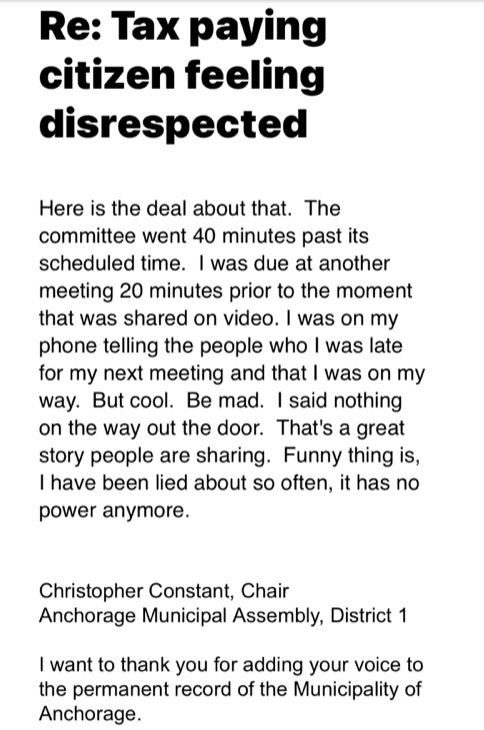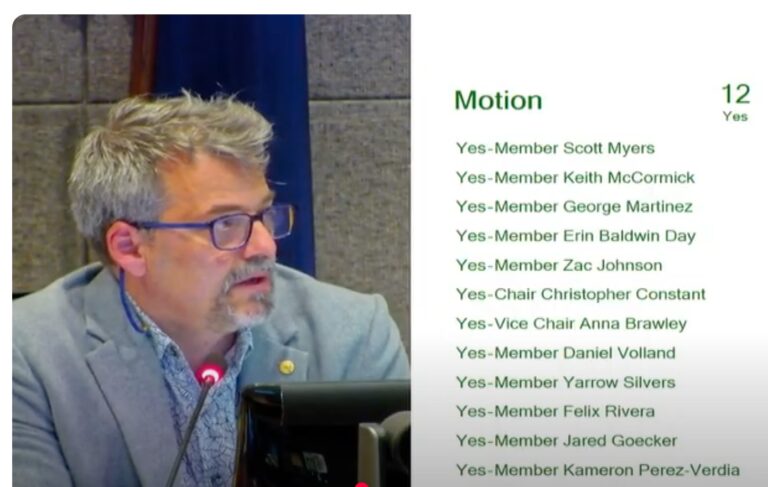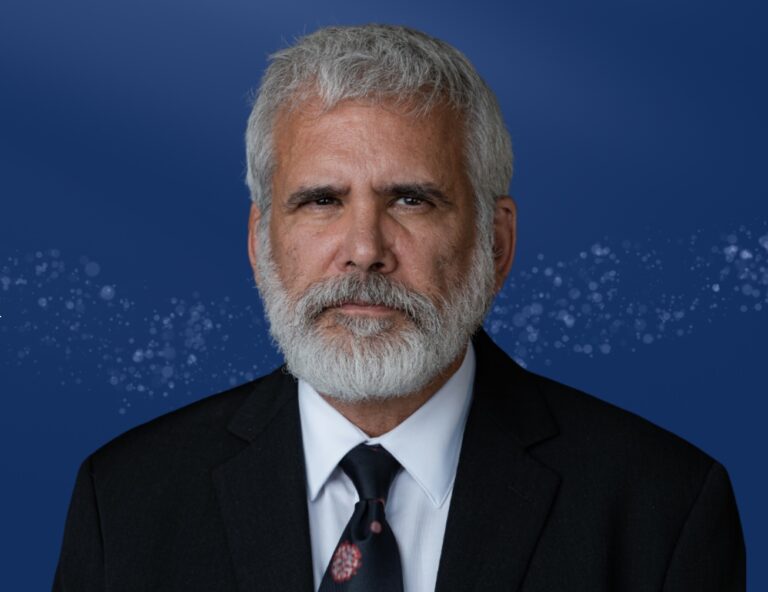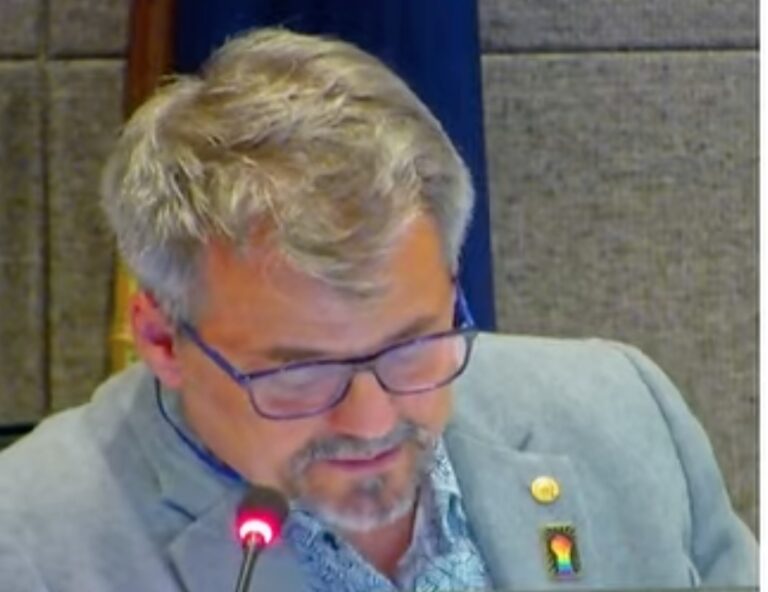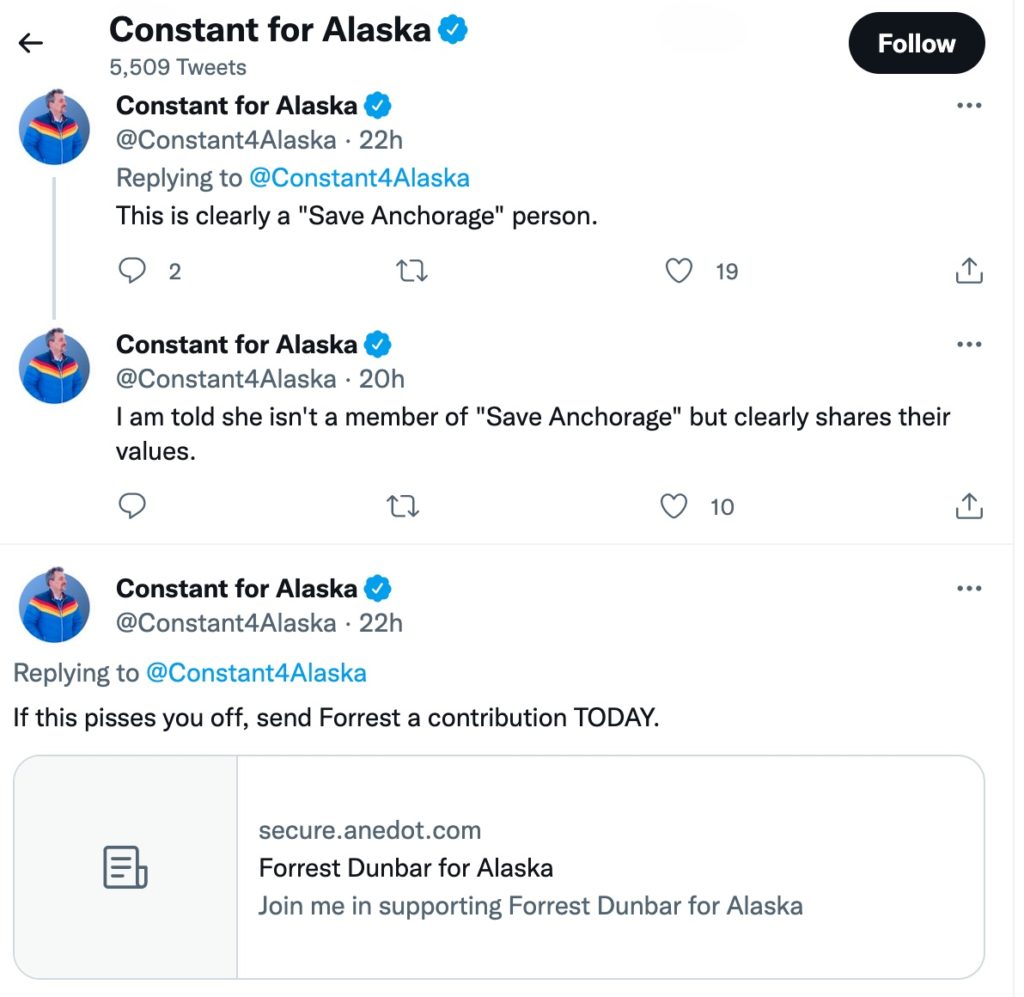Thomas G. Porter of Palmer, born in Falfurrias, Texas on Sept. 29, 1946 to Thomas G. Porter, Sr. and Laverne Elizabeth Otto Porter, entered Glory on June 20, 2025.
Tom and Carolyn McPhee married in 1980; they have one daughter, Jennifer Noelle Bailey, of Wasilla.
Tom grew up in Falfurrias, Texas and graduated from Falfurrias High School. He had two younger brothers, Ronald Karl Porter and Gregory Garth Porter. During high school he played baseball, obtained his private pilot’s license, and worked at his grandfather’s water well business. Tom was active in Boy Scouts of America and attained the rank of Eagle Scout. He was also inducted into the Order of the Arrow. After graduation he attended West Texas A&M University in Canyon, Texas. It was there he experienced snow for the first time.
While in college, he enlisted in the United States Army, Army Security Agency, attaining a top-secret cryptographic clearance. Following additional training for his duties, he deployed to Vietnam and served in the Central Highlands with the First Infantry Division. He was later based in Berlin, Germany.
After receiving an honorable discharge from the Army, Tom attended Amarillo College, attaining an Associate’s Degree in Criminal Justice Administration. In 1971, he applied to and was accepted by the Amarillo, Texas Police Academy. He remained with the Amarillo Police Department for 30 years, attaining the rank of Sergeant. His duties included serving as a Field Training Officer, firearms instructor, and sniper on the S.W.A.T. team. Additionally, he was assigned to the Crime Prevention Unit as the primary Public Information Officer, and he was 1 of 2 ritualistic crimes investigators. He served as a hostage negotiator, special crimes investigator, and was a robbery detective.

Tom retired from the Amarillo Police Department after 30 years and accepted the position of captain of the Juneau Police Department in Juneau, where he later retired as the assistant chief of police. Following retirement from Juneau, he and Carolyn traveled in their RV for seven years, finally returning to Palmer.
During this time, he was a contract law enforcement Instructor for the US Department of Justice. He taught law enforcement in Pakistan and Bangladesh. He also served as a Contract Court Security Officer for the United States Marshall’s Service.
During his life Tom was active in firearms training, cowboy action shooting, fishing, reading, outdoor cooking, smoking meats, and traveling. He was a member of Immanuel Baptist Church, Palmer; Veterans of Foreign Wars Post #9365; associate member of the Matsu Republican Women’s Club; former member of the International Association of Chiefs of Police; and numerous law enforcement and other professional organizations.
Tom is survived by his wife of 45 years, Carolyn; his daughter, Jennifer Noelle Bailey and her husband, Thaddeus Bailey, and soon-to-be-born grandson of Wasilla; brother, Ronald Porter (Patricia), of Spring, Texas; and brother Gregory Porter (Julie), of Thorndale, Texas. He is also survived by his brother-in-law David McPhee (Carol) of Manitou Springs, Colo. and brother-in-law Chuck Bosnos, of Fountain Hills Ariz.; as well as many friends, several beloved nieces and nephews, and his brothers and sisters in law enforcement. He was preceded in death by his parents, Thomas (Ted) and Laverne Porter.
A celebration of life will take place on July 12 at Immanuel Baptist Church, 7540 E. Cottrell-Campus Drive, Palmer. Burial will be at Fort Richardson National Cemetery in Anchorage at a later date.
In lieu of flowers, the family requests donations be made to Immanuel Baptist Church, Palmer, AK, the Matsu Republican Women’s Club, Tunnel to Towers Foundation, or Samaritan’s Purse.



